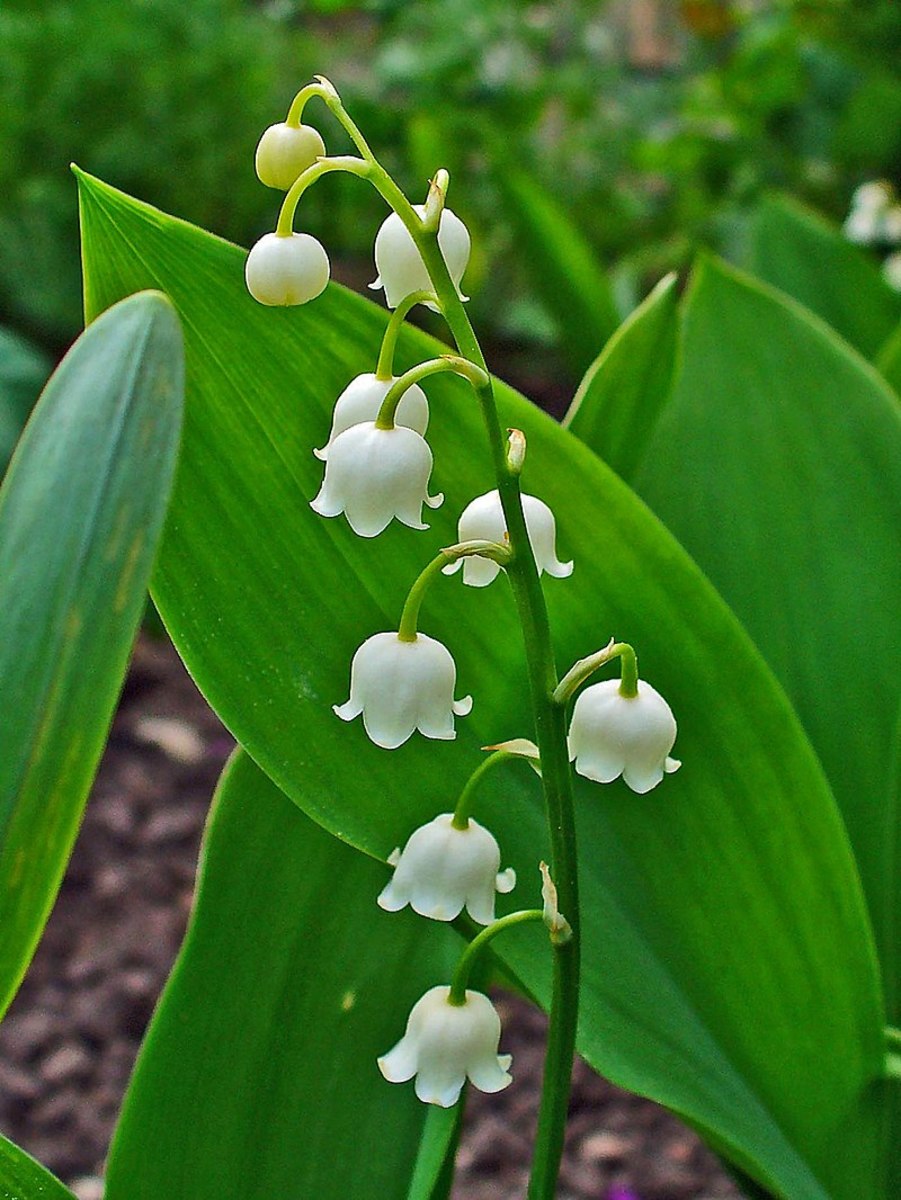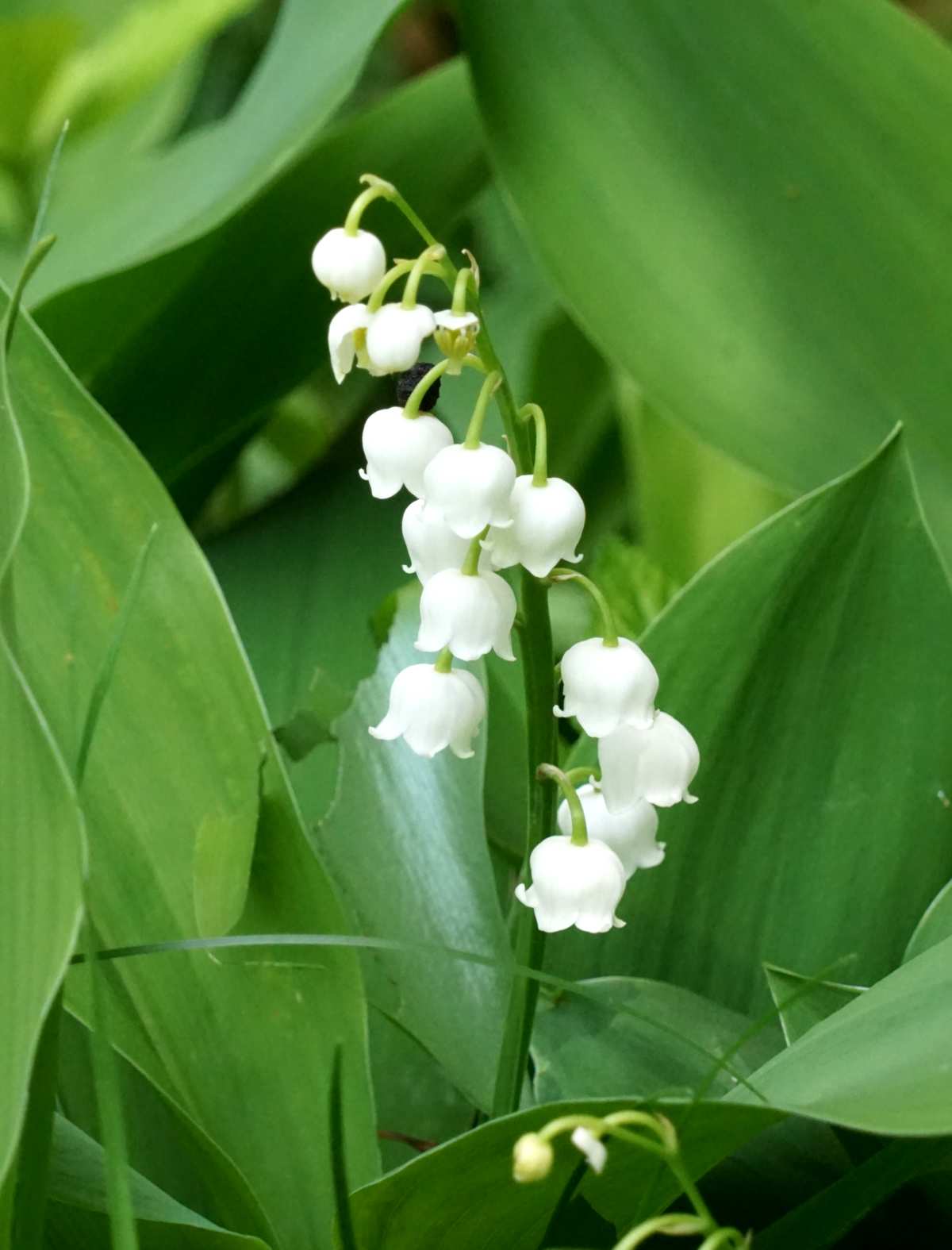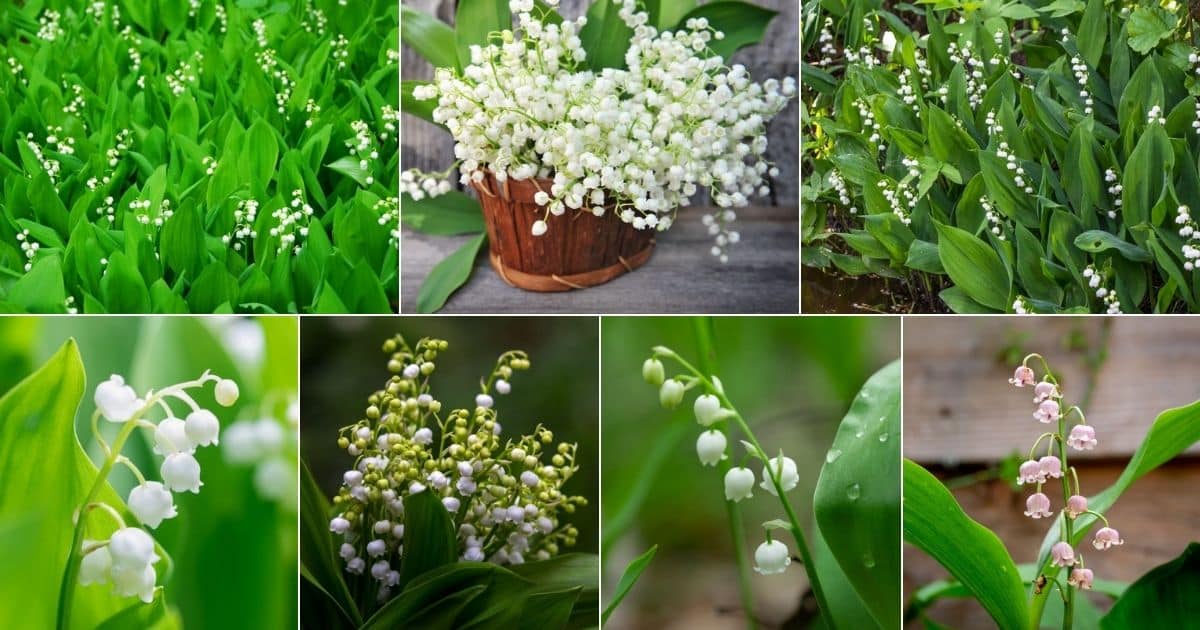Understanding the Ideal Conditions for Planting Lily of the Valley
Lily of the valley is a delicate and charming flower that requires specific conditions to grow and thrive. To create an optimal environment for these plants, it’s essential to understand the ideal lily of the valley planting conditions. By doing so, gardeners can provide their plants with the necessary care and attention to promote healthy growth and flowering.
The first step in creating an ideal environment for lily of the valley is to assess the existing conditions in the garden or yard. This includes evaluating the sunlight, soil type, and moisture levels to determine if they meet the plant’s requirements. Lily of the valley prefers partial shade to full sun, depending on the climate, and well-draining soil that is rich in organic matter.
In terms of soil quality, lily of the valley requires a slightly acidic to neutral soil pH, ranging from 6.0 to 7.0. The soil should also be fertile and contain essential nutrients such as nitrogen, phosphorus, and potassium. Gardeners can test their soil to determine its pH level and nutrient content, and amend it accordingly to create a suitable environment for their plants.
By understanding the ideal lily of the valley planting conditions, gardeners can take the necessary steps to create an optimal environment for their plants. This includes selecting the right location, preparing the soil, and providing the necessary care and attention. With the right conditions, lily of the valley can thrive and produce beautiful white flowers that are highly fragrant and attractive.
In addition to understanding the ideal planting conditions, gardeners should also be aware of the potential challenges that can affect lily of the valley. This includes pests and diseases such as aphids, slugs, and snails, as well as environmental stressors such as extreme temperatures and drought. By being aware of these potential challenges, gardeners can take proactive steps to prevent them and ensure the health and well-being of their plants.
Overall, creating an ideal environment for lily of the valley requires a combination of understanding the plant’s specific needs and taking the necessary steps to provide the right conditions. By doing so, gardeners can enjoy the beauty and fragrance of these charming flowers and appreciate the value they bring to the garden.
How to Choose the Right Location for Your Lily of the Valley
When it comes to planting lily of the valley, choosing the right location is crucial for the plant’s success. The ideal location should provide the right amount of sunlight, soil type, and moisture levels for the plant to thrive. In this section, we will discuss the key considerations for selecting the perfect location for your lily of the valley.
Sunlight is one of the most critical factors to consider when choosing a location for your lily of the valley. These plants prefer partial shade to full sun, depending on the climate. In warmer climates, it’s best to provide partial shade to prevent scorching, while in cooler climates, full sun can help promote healthy growth. When assessing the sunlight in your garden or yard, consider the time of day and the amount of direct sunlight the area receives.
Soil type is another essential factor to consider when choosing a location for your lily of the valley. These plants prefer well-draining soil that is rich in organic matter. Avoid planting in areas with heavy clay or sandy soils, as these can cause waterlogging or drought stress. If your soil is heavy clay or sandy, consider amending it with organic matter such as compost or well-rotted manure.
Moisture levels are also critical when choosing a location for your lily of the valley. These plants prefer consistent moisture levels, but can be susceptible to overwatering. Avoid planting in areas with standing water or where water tends to collect. Instead, choose a location with good drainage and a consistent moisture level.
To assess the existing conditions in your garden or yard, take a walk around the area and observe the sunlight, soil type, and moisture levels. Take note of any areas that receive full sun, partial shade, or deep shade. Also, observe the soil type and moisture levels in different areas of the garden or yard. By understanding the existing conditions, you can choose the perfect location for your lily of the valley and provide it with the right environment to thrive.
By considering these key factors, you can choose the right location for your lily of the valley and provide it with the ideal conditions for growth and flowering. Remember to assess the existing conditions in your garden or yard and choose a location that meets the plant’s specific needs. With the right location and care, your lily of the valley will thrive and provide you with beautiful white flowers and a sweet fragrance.
The Importance of Soil Quality for Lily of the Valley
Soil quality is a critical factor in the growth and development of lily of the valley. These plants require a specific set of conditions to thrive, and the right soil can make all the difference. In this section, we will discuss the importance of soil quality for lily of the valley, including the ideal pH range and nutrient requirements.
The ideal pH range for lily of the valley is between 6.0 and 7.0, which is slightly acidic to neutral. Soil with a pH outside of this range can lead to nutrient deficiencies and poor growth. To determine the pH of your soil, you can purchase a soil testing kit or send a sample to a laboratory for analysis.
In addition to pH, lily of the valley also requires a range of essential nutrients to grow and thrive. These include nitrogen, phosphorus, and potassium, which are commonly referred to as NPK. Nitrogen promotes healthy leaf growth, phosphorus supports root development, and potassium helps with overall plant health. A balanced fertilizer that contains these nutrients can help promote healthy growth and flowering.
To create a suitable environment for lily of the valley, it’s essential to test and amend the soil as necessary. This can involve adding organic matter such as compost or well-rotted manure to improve soil structure and fertility. It’s also important to avoid over-fertilizing, as this can lead to an overabundance of nutrients and harm the plants.
When selecting a fertilizer for lily of the valley, look for a balanced product that contains equal amounts of NPK. Avoid using high-nitrogen fertilizers, as these can promote weak and leggy growth. Instead, opt for a slow-release fertilizer that provides a steady supply of nutrients over time.
In addition to fertilizers, mulching can also help improve soil quality for lily of the valley. Mulch helps retain moisture, suppress weeds, and regulate soil temperature. Organic mulches such as wood chips or bark are ideal, as they break down over time and add nutrients to the soil.
By understanding the importance of soil quality for lily of the valley, you can take steps to create a suitable environment for your plants. This includes testing and amending the soil, using balanced fertilizers, and mulching to retain moisture and suppress weeds. With the right soil conditions, your lily of the valley will thrive and provide you with beautiful white flowers and a sweet fragrance.
Watering and Moisture Requirements for Lily of the Valley
Lily of the valley requires consistent moisture levels to grow and thrive. However, overwatering and underwatering can be detrimental to the plant’s health. In this section, we will discuss the watering and moisture requirements for lily of the valley, including how to avoid common mistakes and maintain optimal moisture levels.
Lily of the valley prefers moist, well-draining soil that is rich in organic matter. The ideal moisture level for lily of the valley is between 40% and 60% of the soil’s water-holding capacity. To achieve this, water the plants regularly, but avoid overwatering, which can lead to root rot and other problems.
The frequency of watering will depend on the climate, soil type, and time of year. In general, lily of the valley requires more frequent watering during the growing season, which typically occurs in the spring and summer months. During this time, water the plants every 7-10 days, or when the top 2-3 inches of soil feels dry to the touch.
During the dormant season, which typically occurs in the fall and winter months, lily of the valley requires less frequent watering. Water the plants every 4-6 weeks, or when the soil feels dry to the touch. It’s essential to avoid overwatering during this time, as it can lead to root rot and other problems.
In addition to watering, mulching can also help maintain optimal moisture levels for lily of the valley. Mulch helps retain moisture in the soil, suppress weeds, and regulate soil temperature. Organic mulches such as wood chips or bark are ideal, as they break down over time and add nutrients to the soil.
It’s also essential to monitor the plants for signs of overwatering or underwatering. If the leaves are yellowing or droopy, it may be a sign of overwatering. On the other hand, if the leaves are crispy or wilted, it may be a sign of underwatering. Adjust the watering schedule accordingly to maintain optimal moisture levels.
By understanding the watering and moisture requirements for lily of the valley, you can provide your plants with the right conditions to grow and thrive. Remember to water regularly, but avoid overwatering, and mulch to retain moisture and suppress weeds. With the right moisture levels, your lily of the valley will produce beautiful white flowers and a sweet fragrance.
Temperature and Humidity Considerations for Lily of the Valley
Lily of the valley is a temperate plant that requires specific temperature and humidity conditions to grow and thrive. In this section, we will discuss the ideal temperature and humidity range for lily of the valley, as well as how to protect the plants from extreme temperatures and humidity fluctuations.
The ideal temperature range for lily of the valley is between 65°F (18°C) and 75°F (24°C) during the day, and around 55°F (13°C) at night. Temperatures above 80°F (27°C) can cause the plants to become stressed, while temperatures below 50°F (10°C) can cause damage to the leaves and flowers.
In terms of humidity, lily of the valley prefers a relatively high humidity level, typically above 50%. However, the plants can adapt to average humidity levels, around 40-50%. To maintain the optimal humidity level, you can use a humidifier or group plants together to create a microclimate.
Extreme temperatures and humidity fluctuations can be detrimental to lily of the valley. To protect the plants from extreme temperatures, provide shade during the hottest part of the day, and use mulch to retain moisture and regulate soil temperature. To protect the plants from extreme humidity fluctuations, use a humidifier or mist the plants regularly.
It’s also essential to monitor the plants for signs of temperature and humidity stress. If the leaves are wilted or discolored, it may be a sign of high temperatures or low humidity. If the leaves are droopy or soft, it may be a sign of low temperatures or high humidity. Adjust the temperature and humidity levels accordingly to maintain optimal conditions for the plants.
In addition to temperature and humidity, wind can also affect lily of the valley. Strong winds can cause the plants to become stressed, and may even cause damage to the leaves and flowers. To protect the plants from wind, provide a windbreak, such as a fence or a row of trees, or use a windscreen to block the wind.
By understanding the temperature and humidity requirements for lily of the valley, you can provide your plants with the right conditions to grow and thrive. Remember to maintain optimal temperature and humidity levels, and protect the plants from extreme temperatures and humidity fluctuations. With the right conditions, your lily of the valley will produce beautiful white flowers and a sweet fragrance.
Fertilization and Mulching for Healthy Lily of the Valley
Fertilization and mulching are essential practices for promoting healthy growth and flowering in lily of the valley. In this section, we will discuss the best types of fertilizers and mulches to use, as well as how to apply them to create a thriving environment for your plants.
Lily of the valley requires a balanced fertilizer that provides equal amounts of nitrogen, phosphorus, and potassium. A 10-10-10 NPK fertilizer is a good option, as it promotes healthy growth and flowering. Apply the fertilizer in the spring, when the plants are actively growing, and again in the summer, when the plants are producing flowers.
In addition to fertilization, mulching is also important for lily of the valley. Mulch helps retain moisture, suppress weeds, and regulate soil temperature. Organic mulches such as wood chips or bark are ideal, as they break down over time and add nutrients to the soil. Apply a 2-3 inch layer of mulch around the plants, keeping it a few inches away from the base of the plants.
Compost is also a valuable resource for lily of the valley. Compost adds nutrients to the soil, improves soil structure, and supports beneficial microorganisms. Apply a 1-2 inch layer of compost around the plants, mixing it into the soil to create a nutrient-rich environment.
When fertilizing and mulching lily of the valley, it’s essential to avoid over-fertilizing and over-mulching. Too much fertilizer can cause the plants to become stressed, while too much mulch can cause the soil to become waterlogged. Start with a small amount of fertilizer and mulch, and gradually increase as needed.
By fertilizing and mulching lily of the valley, you can promote healthy growth and flowering. Remember to use a balanced fertilizer, apply mulch around the plants, and add compost to the soil. With the right fertilization and mulching practices, your lily of the valley will thrive and produce beautiful white flowers and a sweet fragrance.
Pest and Disease Management for Lily of the Valley
Lily of the valley is generally a hardy and disease-resistant plant, but it can still be susceptible to certain pests and diseases. In this section, we will discuss common pests and diseases that can affect lily of the valley, as well as how to identify and manage them.
Common pests that can affect lily of the valley include aphids, slugs, and snails. Aphids are small, soft-bodied insects that feed on the plant’s sap, causing curled or distorted leaves. Slugs and snails are nocturnal pests that feed on the plant’s leaves and flowers, causing holes and tears. To manage these pests, use insecticidal soap or neem oil to control aphids, and use copper tape or crushed eggshells to deter slugs and snails.
Common diseases that can affect lily of the valley include powdery mildew, leaf spot, and root rot. Powdery mildew is a fungal disease that causes a white, powdery coating on the leaves. Leaf spot is a bacterial disease that causes small, circular spots on the leaves. Root rot is a fungal disease that causes the roots to rot, leading to yellowing or droopy leaves. To manage these diseases, use fungicides or bactericides to control powdery mildew and leaf spot, and improve drainage and air circulation to prevent root rot.
Preventing infestations and infections is key to managing pests and diseases in lily of the valley. Use physical barriers, such as fine-mesh screens or fine-netting, to prevent pests from reaching the plants. Practice good hygiene, such as disinfecting pruning tools and removing infected plants, to prevent the spread of diseases. Also, maintain good air circulation and drainage to prevent moisture from accumulating on the plants.
Monitoring the plants regularly is also essential for managing pests and diseases in lily of the valley. Inspect the plants regularly for signs of pests or diseases, such as holes, tears, or discoloration. Use a magnifying glass or hand lens to inspect the plants more closely, and take action promptly if you notice any problems.
By understanding the common pests and diseases that can affect lily of the valley, and taking steps to prevent and manage them, you can help keep your plants healthy and thriving. Remember to use physical barriers, practice good hygiene, maintain good air circulation and drainage, and monitor the plants regularly to prevent infestations and infections.
Tips for Planting and Caring for Lily of the Valley in Containers
Planting and caring for lily of the valley in containers can be a great way to enjoy these beautiful flowers in small spaces. In this section, we will offer advice on how to choose the right potting mix and container size, as well as how to provide the necessary care and maintenance for container-grown lily of the valley.
When choosing a potting mix for lily of the valley, look for a mix that is well-draining and contains organic matter such as peat moss or compost. Avoid using regular garden soil, as it can compact and prevent proper drainage. A good potting mix will help to prevent waterlogged soil and root rot.
In terms of container size, choose a container that is at least 6-8 inches deep and has good drainage holes. Lily of the valley has a deep root system, so it needs a container that can accommodate its roots. A larger container will also help to prevent the soil from drying out too quickly.
When planting lily of the valley in a container, make sure to plant the rhizomes at the same depth as they were in the garden. Water the soil gently but thoroughly after planting, and keep the soil consistently moist during the first growing season.
To provide the necessary care and maintenance for container-grown lily of the valley, make sure to water the plants regularly, but avoid overwatering. Fertilize the plants regularly with a balanced fertilizer, and deadhead the flowers to encourage more blooming.
It’s also important to provide the right amount of sunlight and temperature for container-grown lily of the valley. Most varieties of lily of the valley prefer partial shade to full sun, and temperatures between 65-75°F (18-24°C).
By following these tips, you can successfully plant and care for lily of the valley in containers. Remember to choose the right potting mix and container size, plant the rhizomes at the right depth, and provide the necessary care and maintenance. With the right conditions, your container-grown lily of the valley will thrive and produce beautiful white flowers and a sweet fragrance.


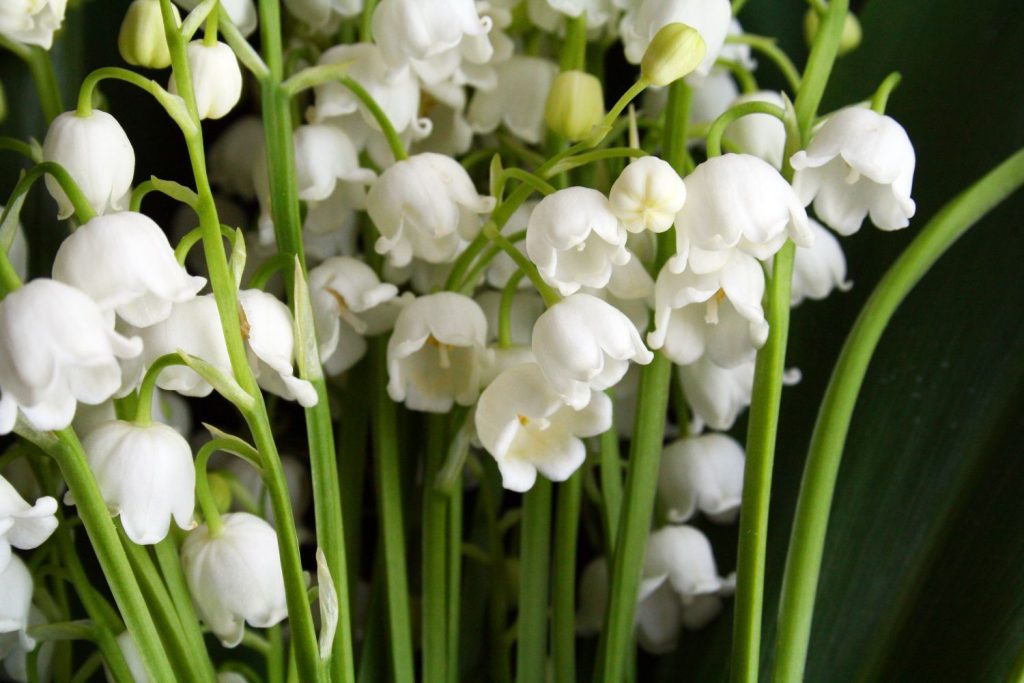
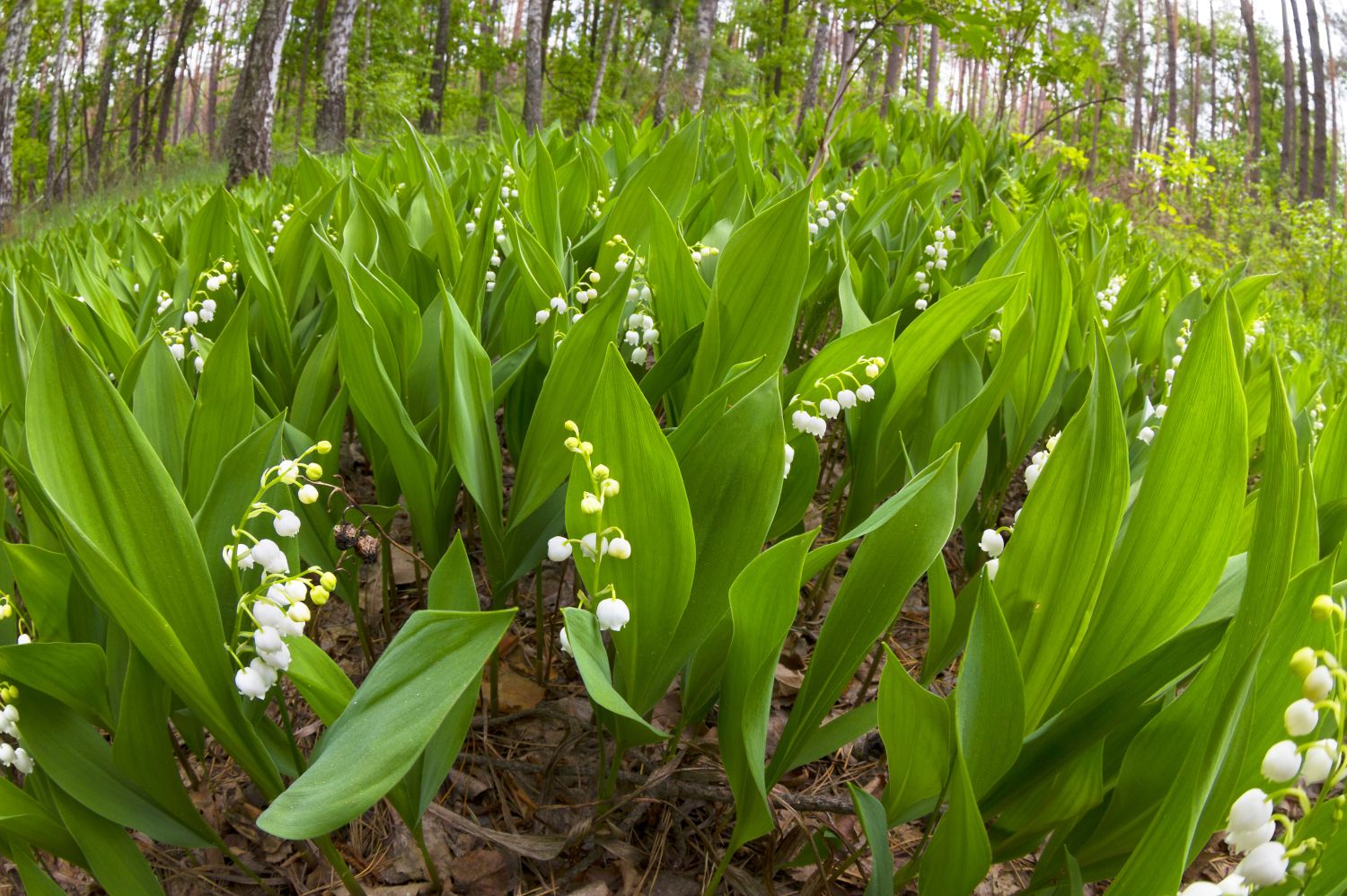
:max_bytes(150000):strip_icc()/lily_of_the_valley-135579624_0-2000-479254e90a5c43f198c6c188f53f2194.jpg)
